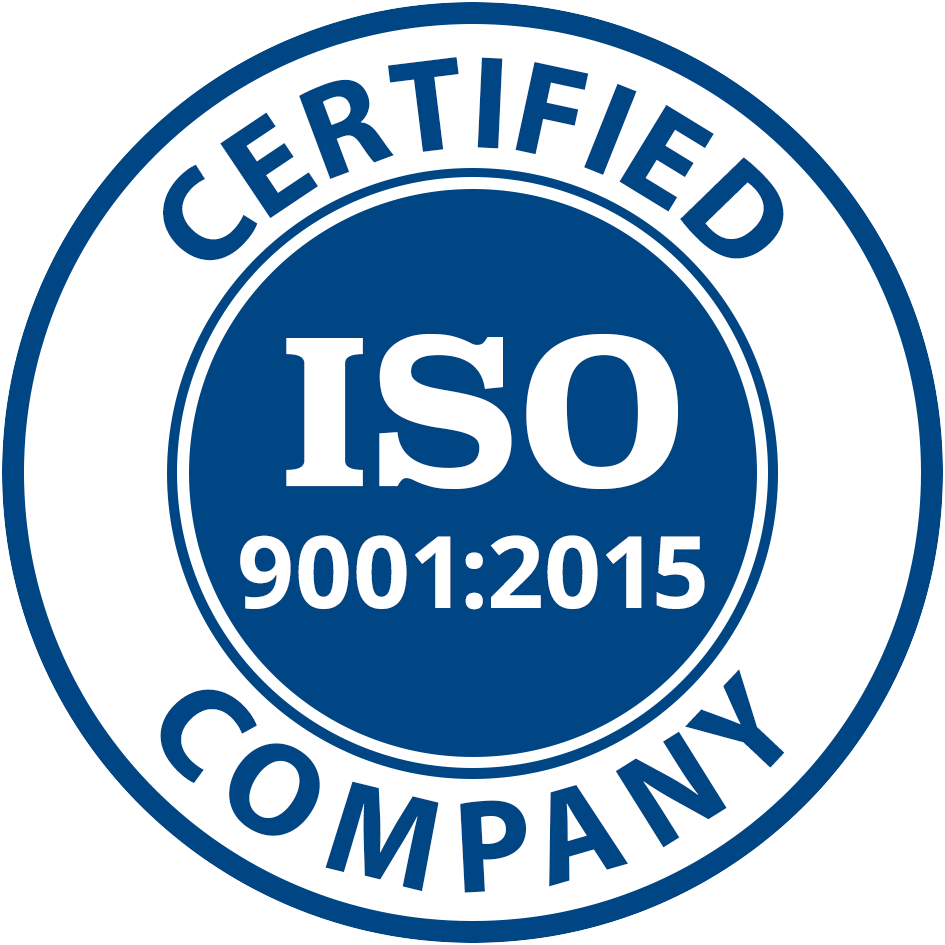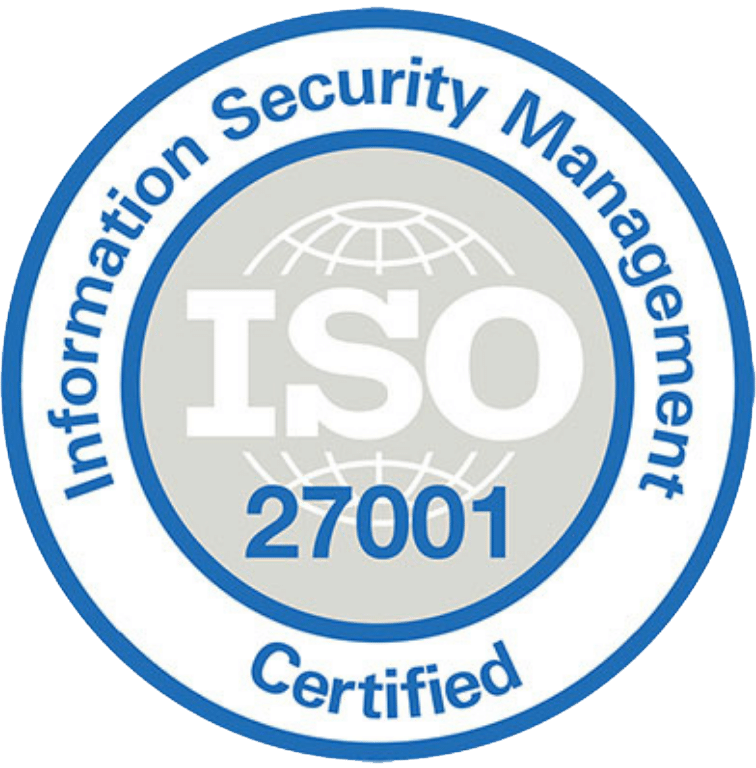By Amissa Giddens, CMRP - Director of Engagement, UpTime Solutions
Modern reliability programs don’t rely on luck — they rely on data. Across industries, the highest-performing plants share one common trait: they’ve mastered condition monitoring as a core part of their maintenance strategy.
In our recent webinar, Condition Monitoring Secrets of High-Performing Plants, we explored how today’s reliability leaders are using real-time asset data to extend equipment life, reduce downtime, and make smarter maintenance decisions.
Why Condition Monitoring Matters More Than Ever
Unplanned downtime remains one of the biggest drains on productivity and cost in industrial environments. Yet many maintenance programs still rely on time-based inspections or reactive repairs.
Condition monitoring changes that by giving maintenance teams real-time visibility into the health of critical assets. Using sensors that track vibration, ultrasound, and temperature, teams can identify early warning signs of failure — long before a breakdown happens.
The result?
-
- Problems are caught early.
-
- Maintenance becomes planned, not panicked.
-
- Equipment life and reliability both improve.
As a CMRP, I’ve seen firsthand how powerful this shift can be. Plants that use condition monitoring don’t just prevent failures; they build cultures of precision and accountability.
The Traits of High-Performing Reliability Programs
During the webinar, we discussed the characteristics that separate the best maintenance programs from the rest. Here are a few key takeaways:
1. They Focus on Early Detection
Top plants don’t wait for failure trends to develop. They monitor vibration, temperature, and ultrasound data continuously to spot minor anomalies — misalignment, bearing wear, or lubrication issues — before they escalate.
2. They Turn Data into Action
Collecting sensor data isn’t enough. The leaders turn that information into insight. They set alarm thresholds, trend data over time, and use analytics to drive corrective actions that prevent repeat failures.
3. They Build a Reliability Culture
Technology only works when people use it. Successful plants train technicians to understand what the data means and empower them to act on it. They connect condition monitoring directly to maintenance planning and scheduling.
4. They Leverage Pilot Programs for Quick Wins
Many organizations start small with a condition monitoring pilot, using a limited number of assets to demonstrate results. This approach builds buy-in across operations and shows measurable ROI before scaling across the plant.
Common Pitfalls and How to Avoid Them
Even experienced maintenance teams face challenges when implementing new reliability tools. The most common pitfalls include:
-
- Too much data, not enough direction: Without clear KPIs, teams can drown in information. Focus on the assets that impact uptime the most.
-
- Lack of ownership: Assign responsibility for reviewing condition data and acting on it.
-
- Ignoring the human factor: Technology doesn’t replace experience — it enhances it. Combine data with technician insight for best results.
By addressing these challenges early, you set your program up for sustainable success.
Real Results from Condition Monitoring
Plants that implement condition monitoring often see dramatic results within months:
-
- Up to 30–50% reduction in unplanned downtime
-
- Extended bearing and motor life
-
- Lower energy and lubrication costs
-
- Improved safety and productivity metrics
Condition monitoring helps teams move from a reactive posture to a proactive reliability strategy — the kind that keeps production running smoothly and efficiently.
How UpTime Solutions Helps
At UpTime Solutions, we make it simple to put these principles into practice. Our 3-in-1 condition monitoring sensors combine ultrasound, vibration, and temperature data in a single device, giving maintenance teams real-time insights they can trust.
Whether you’re just starting your journey or looking to enhance an existing program, our experts help design, implement, and support a condition monitoring strategy that fits your plant’s goals.
Watch the Full Webinar
Want to dive deeper? Watch our full webinar, Condition Monitoring Secrets of High-Performing Plants, where we walk through real-world examples, key metrics, and implementation strategies.
You’ll hear from industry experts on how to turn asset data into action and drive measurable reliability gains.
Takeaway:
Condition monitoring isn’t just a maintenance tactic — it’s a reliability mindset. By using real-time data to detect, decide, and act, maintenance teams can eliminate guesswork and achieve consistent performance that defines high-performing plants.
If you’re ready to see these practices in action, our UpNow Pilot Program brings them directly into your plant. For 60 days, we deploy our MistLX 3-in-1 condition monitoring sensors on selected assets and pair the data with hands-on guidance from our experienced maintenance and reliability team. You’ll not only capture real vibration and equipment health insights in your own environment, but also learn how to interpret them and apply proactive maintenance decisions with confidence. It’s a practical, low-risk way to evaluate what a modern reliability strategy can look like in your facility.
Interested in getting started? Fill out the form to connect with our team. We’ll walk you through the details and help identify the best equipment to include in your pilot.


